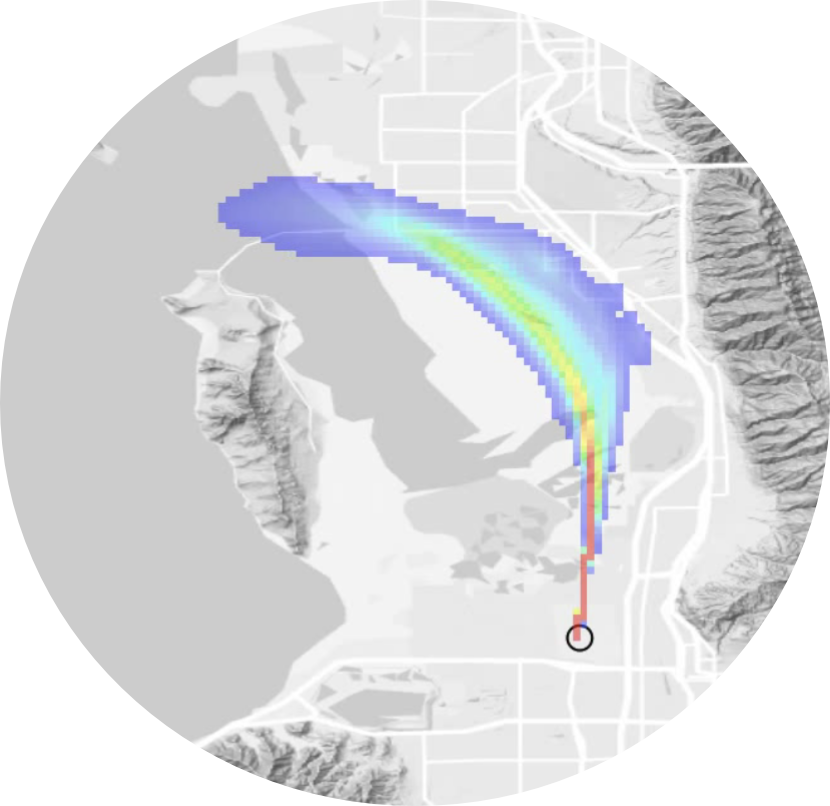An open source Lagrangian particle dispersion model.
STILT documentation
Methods details
STILT would not be possible without the strong community of developers behind it. This distribution contains a completely redesigned STILT wrapper and proposes a centralized, collaborative platform for documentation and future development. Model development in the form of feature enhancements, documentation updates, bug fixes, or simple suggestions from the community are welcome. Contribution guidelines can be found here.
Loughner, C. P., Fasoli, B., Stein, A. F., Lin, J. C.: Incorporating features from the Stochastic Time-Inverted Lagrangian Transport (STILT) model into the Hybrid Single-Particle Lagrangian Integrated Trajectory (HYSPLIT) model: a unified dispersion model for time-forward and time-reversed applications, J. Appl. Meteorol. Climatol., 10.1175/JAMC-D-20-0158.1, 2021.
Fasoli, B., Lin, J. C., Bowling, D. R., Mitchell, L., and Mendoza, D.: Simulating atmospheric tracer concentrations for spatially distributed receptors: updates to the Stochastic Time-Inverted Lagrangian Transport model's R interface (STILT-R version 2), Geosci. Model Dev., 10.5194/gmd-11-2813-2018, 2018.
Stein, A. R., Draxler, R. R., Rolph, G. D., Stunder, B. J. B., and Cohen M. D.: NOAA’s HYSPLIT atmospheric transport and dispersion modeling system. Bull. Amer. Meteor. Soc., 10.1175/BAMS-D-14-00110.1, 2015.
Lin, J. C., Gerbig, C., Wofsy, S. C., Andrews, A. E., Daube, B. C., Davis, K. J. and Grainger, C. A.: A near-field tool for simulating the upstream influence of atmospheric observations: The Stochastic Time-Inverted Lagrangian Transport (STILT) model, J. Geophys. Res., 10.1029/2002JD003161, 2003.














